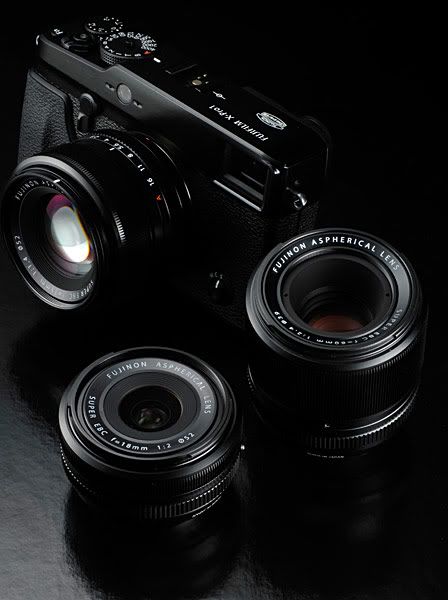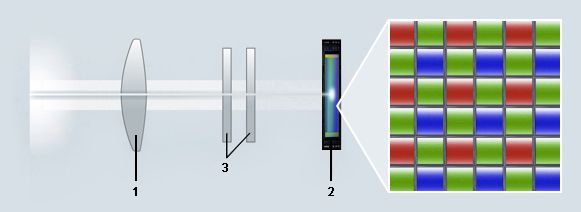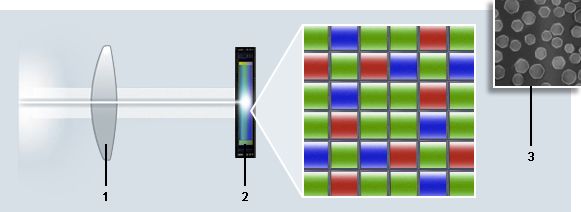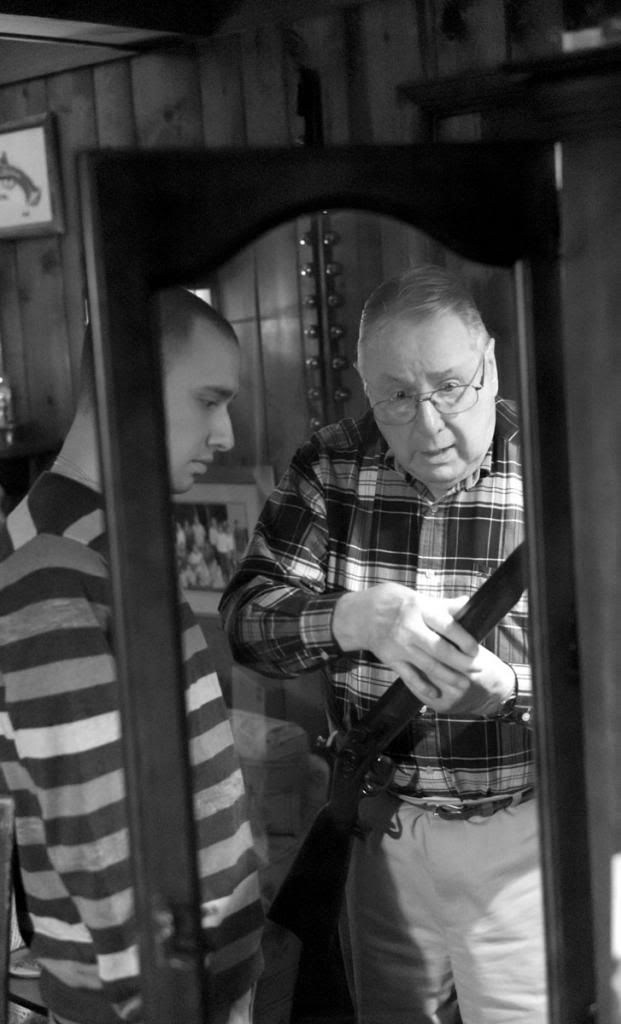
Rocks in The Nescopeck (Fuji X Pro 1, Fuji X 35mm f1.4)
I’m becoming a Fuji guy again.
I shot Fujifilm cameras for many years. I started with an S2, and shot later with an S3, and S5.
I always loved the gorgeous output of their unique imagers, despite the quirkiness of the Nikon bodies they resided in (relative to the comparable Nikon DSLR of the time).
Anyway, after the S5, Fujifilm stopped making Fuji/Nikon hybrids, and I began using Nikon cameras as they became dominant in sensor technology.
I’ve written on these pages, how the purchase of the Fuji X100 reinvigorated my photography for reasons that I still don’t completely understand. With the purchase of the Nikon D600 (soon to be reviewed) and the sale of my Fuji S5, I was happy thinking that I have created the perfect collection of equipment for my various photography needs.
I was content. The combined capabilities of my D600, and X100 in fact were making my D700 somewhat redundant. I was perusing Ebay to obtain the probable sale price of that camera, when I came upon another lightly used camera body for sale. The auction was nearly ended and the price of the camera was still very tempting. I placed what I considered to be an unreasonably low bid assuming (and perhaps wishing) that I would not win. After all, I really didn’t need this new camera. For better or for worse however, in an hour my cell phone alerted me to an e-mail I had received, informing me that I was now the proud owner of a Fuji X Pro 1.

Fujifilm X Pro 1 (Photo by Fujifilm Marketing)
I’m receiving the news of my purchase, I immediately ordered from B and H photo, a 35 mm F1.4 Fuji X. lens so that its delivery would coincide with the arrival of the body.
Now, I had originally been somewhat lukewarm about the X Pro 1. I handled the body in a camera shop in Boston several months ago. To me it felt somewhat light weight and not as substantial as my X100. My error however, was not handling it with a lens. When the 35 mm arrived along with the camera, I mounted the lens and immediately noticed the nice weighty feel of the combination.
I have subsequently acquired the Fuji 60 mm lens and I’ve been shooting for long enough with the system to have formed some definite impressions.
The X Pro 1 in use is a significantly larger camera than the X100. I still prefer that camera to use as an indoor events camera given its small size, its 35 mm (equivalent) lens (a focal length not available yet in the Fuji X lens line), and its very quiet shutter. The X Pro 1 is also very capable in these situations, when the image calls for a longer focal length (I don’t yet own the 18 MM as I may wait for the Fuji X 18 – 55 mm f2.8 optic to be available).

X 100, X Pro 1 in outdoor trim (Fujifilm F 31)
Call me a Fuji fanboy, but I really enjoy using this camera system.
First and foremost, particularly with firmware 2.0, most of the early foibles of the X Pro 1 (and X100 before it) have been dealt with. The ergonomics of the camera are a nice improvement over the X100. Once again we see the lack of a mode dial, its function replaced with the rotating shutter speed dial, and aperture ring on each lens. Each control has a position marked “A”. For instance: when A is selected on only the shutter speed dial, the camera is in aperture priority unless A is also selected on the aperture ring at which point the camera is in full auto mode. The only problem with this, is that you need to be alert for the possibility that the shutter speed dial( or aperature ring in shutter priority) accidentally moves off the “A” setting, which then places the camera in full manual mode.
There is a new button near the thumb rest, labelled “Q” which gives immediate access to the most commonly use settings of the camera. This is very helpful. The thumb wheel, now rotates completely that seems mainly useful for controlling camera functions and when pressed in, accessing a magnified viewfinder for manual focusing.
The autofocus button, though still poorly located on the left side of the camera, is it least now at the bottom of the stack so that it can be found more quickly. I find though I still have to take my eye away from the viewfinder to change the focus point, something that is unnecessary for instance, on my G-series Panasonic cameras.
Then there’s the dual viewfinder. As with my X100, I tend to use electronic viewfinder more than the optical one, but the latter is useful when shooting action, as it allows you to observe a subject that is “out of frame” and time when he will be “in frame” so that you can push the shutter at the appropriate time. The lack of a diopter adjustment is a complete mystery. Apparently you can buy screw in viewfinder lenses and change the diopter but why Fuji excluded the adjustment feature is beyond my comprehension. Happily the standard viewfinder works well when I wear my glasses.
The autofocus performance is a common topic of conversation for reviewers of this camera. I find it about as reliable as the X100, which is to say not as reliable as my better Nikon bodies, but adequate.
A major reason to buy one of the Fuji interchangeable lens cameras is the quality of the lenses offered. Both the 35 mm, and 60 mm lens are bitingly sharp in a way that I have not often seen in other lens/camera combinations. The 60 mm is particularly so. I cannot wait to use it for some upcoming model shoots I have scheduled.

Hemlocks on the Nescopeck (Fuji X Pro 1, Fuji X 60mm f2.4)
Another issue with this camera is the supposedly poor state of raw file interpolation currently offered by the major photo software companies. As most readers know, the X Pro 1 has an unusual sensor with the kind of randomization of the colored photo sites that allows it to go without an anti-aliasing filter.

# 3 is the AA Filter (Fujifilm Marketing)





